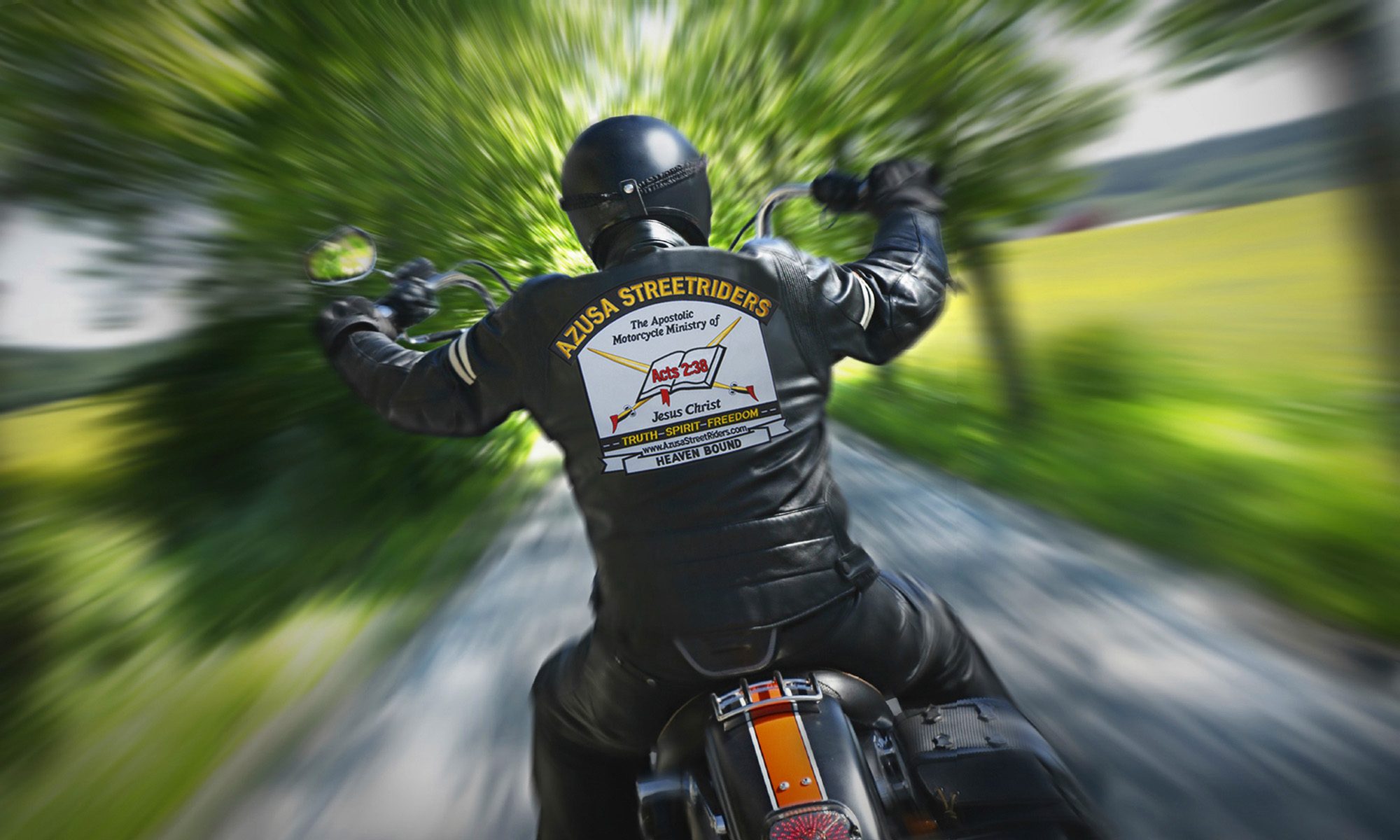Drivers often say, “I didn’t see it” — after hitting a motorcycle!
I bring this up because one day last month I was at a stop sign, and while stopped I looked left then right, and then left then right. As I thought “all is clear” I then attempted to move forward — only to realize a smaller motorcycle was in my path. I clearly did not see him at all. No, I did not hit him, but I know I gave him a huge scare, which brings me to this: Looking in the direction of something does not mean that we see it!
In general, we only see what we expect to see, or what we’ve trained ourselves to see. Our brain is wired to filter out much of what our eyes receive, focusing on specific items based on each individual’s experience and judgment, taking into account the relevance of the input to the task at hand, its location, perceived threat level, and any movement, and then prioritizing takes place even if important information is directly in front of us. Also, we have visual clarity in only a three-degree cone in the center of our vision (“central vision”).
Some people believe they get better information from their peripheral vision then they actually do. To have a useful “big picture,” our central vision must be consciously directed to capture the important details. In other words, instead of our eyes passively transmitting images to our brain, our brain needs to direct our eyes to scan the environment, like a searchlight. Successful scanning strategies involve moving attention far-and-near, and side-to-side, to identify relevant factors, especially those that have little or no movement of their own.
The more effectively we gather information, the better we can make decisions and take appropriate action. This continuous process is called “S.E.E.” — Search, Evaluate, Execute. If searching identifies a hazard, and evaluation determines the hazard that should be avoided and suggests various ways to avoid it, the next step is executing an action. If you are lax with your eye movement, the visual field can “stagnate,” and less conspicuous items, such as motorcycles coming straight at you in an inter section, are rendered virtually invisible. Eye movement is critical, because, as hard as it is to notice and act on important clues in the central vision, imagine if those clues are outside that three-degree cone!
Just as hazardous as not focusing on the right thing in your visual environment is focusing on a single, wrong thing. Good riders keep their eyes moving, so they are able to detect and evaluate factors several seconds ahead and to the sides. This includes giving extra attention to known problem areas, such as intersections (including driveways) and blind corners, and periodically checking your mirrors to construct a “big picture” of the environment. I am always moving my head and eyes — scanning and checking my mirrors. Are you? Just ask my wife, and she will tell you: my head is always moving. Just remember your motorcycle may not be categorized as a ‘threat’ by the CAR/SUV driver’s brain, so your image is filtered out.
Latest posts by Michael Theodore (see all)
- Happy New Year 2024 - December 31, 2023
- Letter from the Pres. - December 31, 2023
- “17 INCHES” - December 30, 2023
